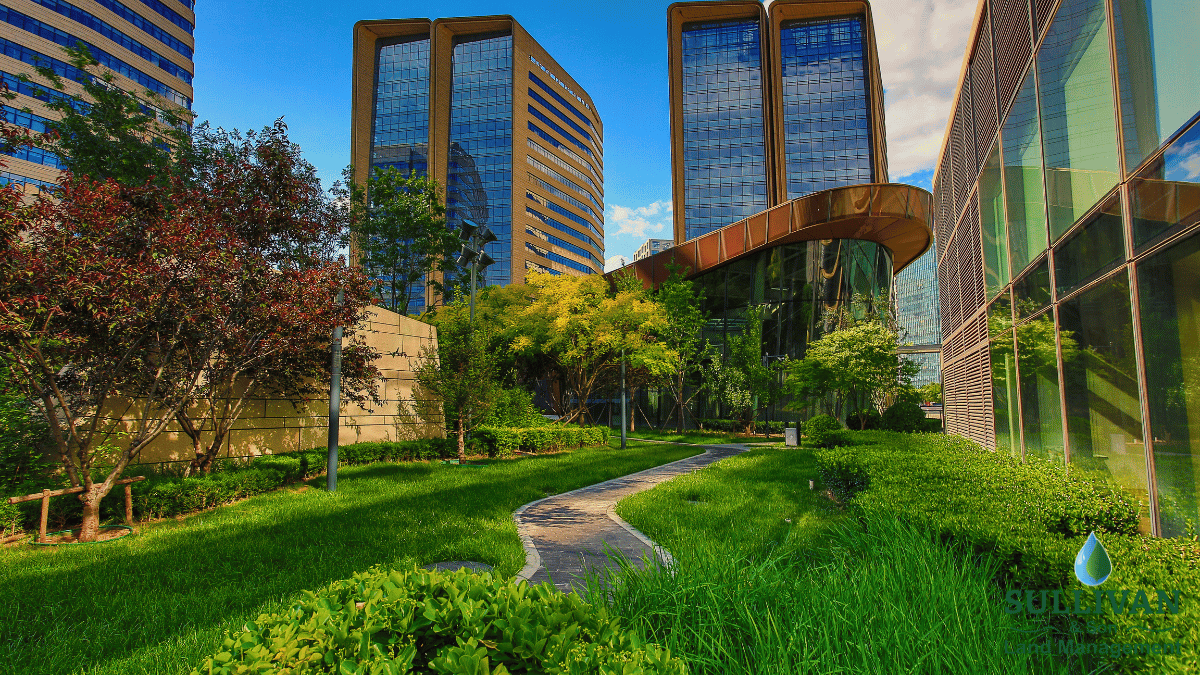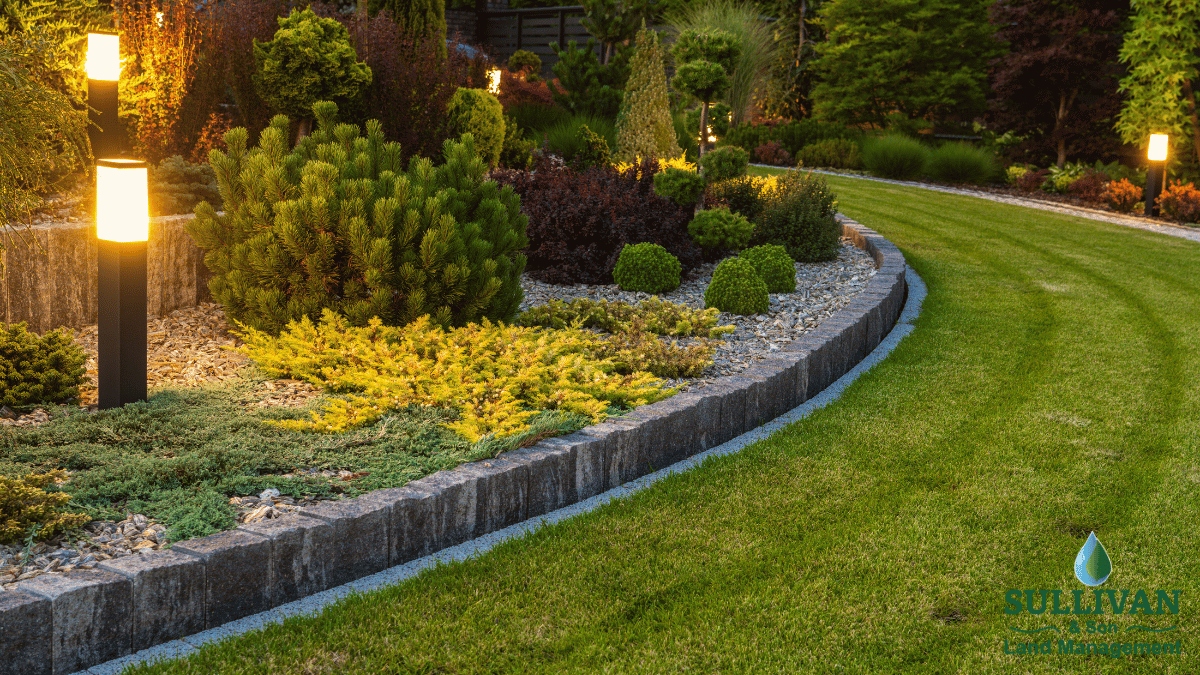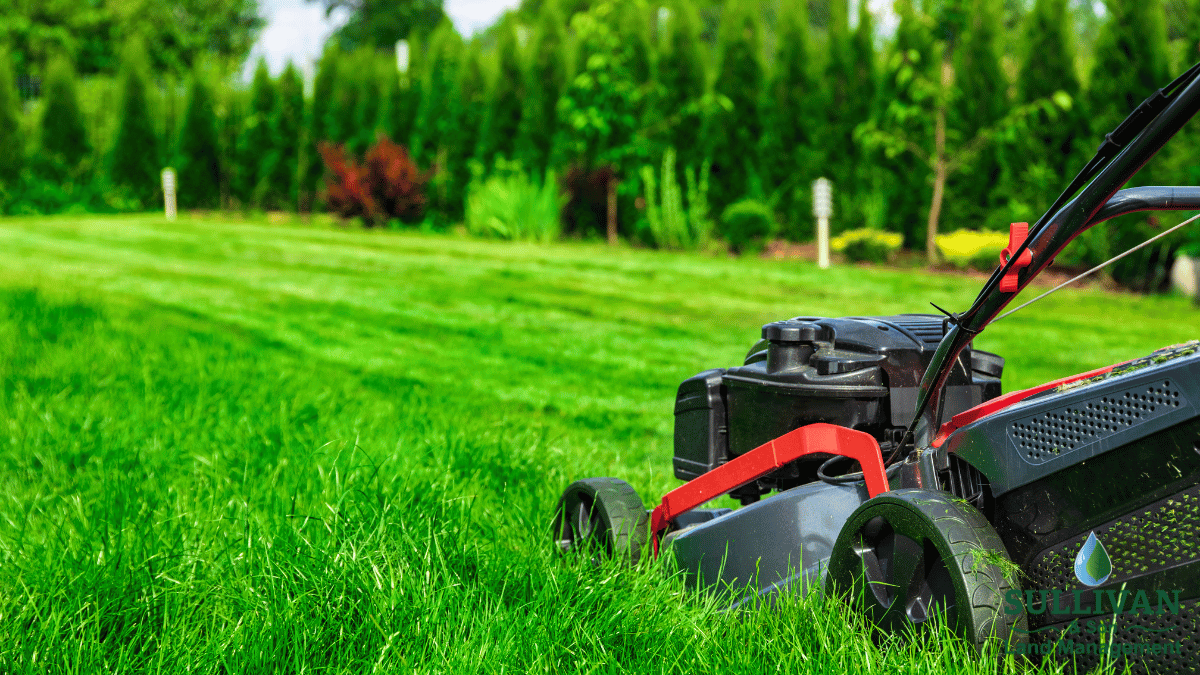Take a walk through Mill River Park on a Saturday morning and something odd is happening. Families pass the adventure playground, a couple lingers for coffee at food trucks and by noon, those same folks are browsing shops on Bedford Street or grabbing lunch at a nearby restaurant. That park isn’t just a pleasant place to relax — it’s drawing people into downtown and holding on to them.
The Economic Power of Green Spaces
Stamford’s green spaces are pulling more than their weight, although few people realize it. All the city-building investments that people think of as amenities, whether it’s a project like Mill River Park, or something like the Stamford Urban Greenway, or along those waterfront areas in Harbor Point — which isn’t a parkland investment, but is an urban-development investment — having access to good places to go and things to do didn’t just provide pretty spots for weekend picnics. They created common spaces where people mill around and walk to local businesses. It’s not just that a family riding its way down the Greenway trail from Cove Island Park to the downtown hub is out exercising — it’s also throwing itself past storefronts, traipsing into cafés and discovering restaurants they never even knew were there from their car. That steady stream of passers-by is good for businesses large and small, from little retailers to professionals who depend on foot traffic and community presence.
The same story is told by property values. Homes close to well-kept parks tend to be more in demand with buyers and hold their value better when the market fluctuates. It’s not a profound thing — people want to be able to walk and maybe bike with their kids into flowers, rather than more concrete; they want clean air in their neighborhoods and they want the neighborhood to look loved. Near Cummings Park, or one of Stamford’s smaller neighborhood greens, you are not just near nature. You’re also in a better location, and buyers know it.
Community Well-Being and Local Business Go Hand in Hand
The reverberations extend to real estate and far beyond. Green spaces that are healthy encourage healthier lifestyles, something that can seem rather self evident until you start thinking about how it pans out. (The Urban Greenway is well-travelled; it’s clogged with runners, cyclists and dog walkers year-round.) That applies to fitness businesses and pet supply shops and outdoor gear stores, too. When Latham Park is the site of a farmers’ market, or Mill River Park sponsors a summer concert series, hundreds are drawn in — and they don’t simply disappear at the end of those events. They get dinner, they wander around neighboring stores, they turn it into a day. Public green space stimulates economic activity, albeit imperceptibly transactional in feel. They just make it so convenient to be out in and about your community, and spending follows.”
Lessons Homeowners Can Apply at Home
What homeowners can take away from this: the same principles of success used to create Stamford’s parks also work on a residential scale. Public spaces feel welcoming because they are designed with purpose — clear pathways, functioning places to sit and plantings that do in fact flourish in Connecticut’s climate. You can think about that in terms of your own backyard, too. A well-placed walkway does more than look good, it helps to move people through the property and make the entire space more functional. A patio big enough for a family dinner but that can expand for a party works in the same way that a public plaza does — it serves multiple purposes seamlessly and without feeling cluttered. And just as the city maintains Mill River Park’s grass and prunes its trees, your property requires regular care. Irrigation systems that adapt to the season, pruning before branches turn into liabilities, supplements or soil amendments that maintain the health and stamina of plants — these are not luxuries. They are what demarcate a yard that looks tired from one that feels purposeful.
We’ve worked on residential projects where that was precisely the goal, to make something that felt welcoming and worked hard without looking like it’s trying too hard. A gently curving front walkway that naturally directs visitors to the door. A backyard patio, set to capture the evening sun and bordered by native plantings that are not high maintenance. But the trees that shade you in July don’t drop massive limbs during October rainstorms. When a property is created and kept up the way Stamford cares for its open public spaces, not only does it look better — it works better, and it holds its value.
Stamford’s greenways demonstrate something rather basic: Outdoor space that is meticulously planned and steadily kept up pays dividends that compound. For the city, that translates to stronger neighborhoods and bustling businesses. For homeowners, it’s homes that feel intentional, yards that people actually use and curb appeal that matters when they want to sell. If you’re brainstorming ways to get your own outdoor space working harder for you, we’re always up for a chat about what’s feasible on your property and within your schedule.



.png)
